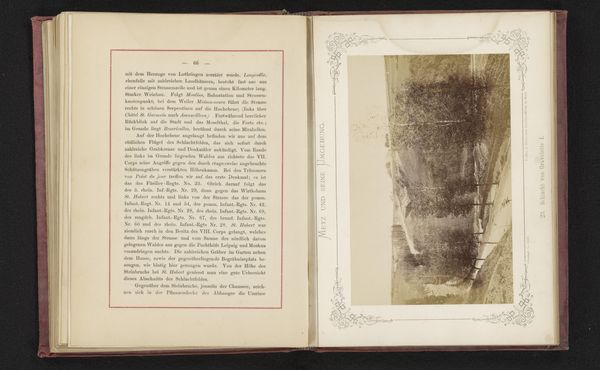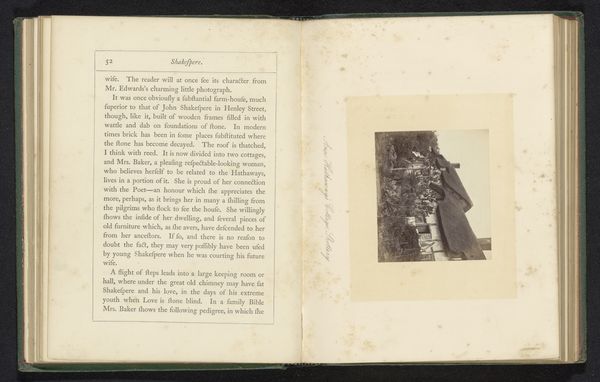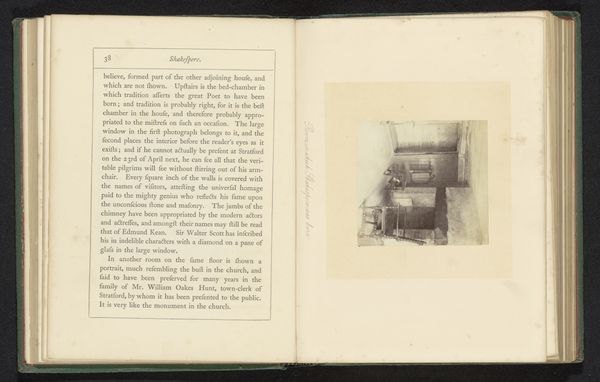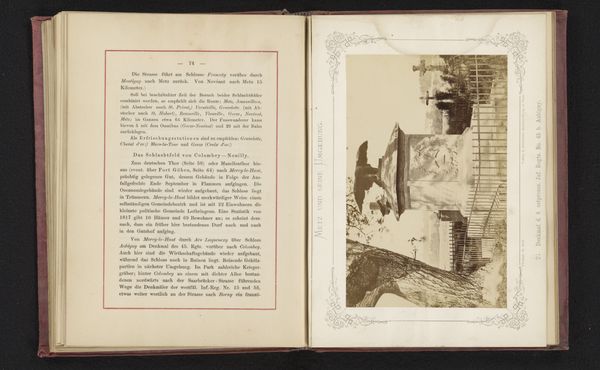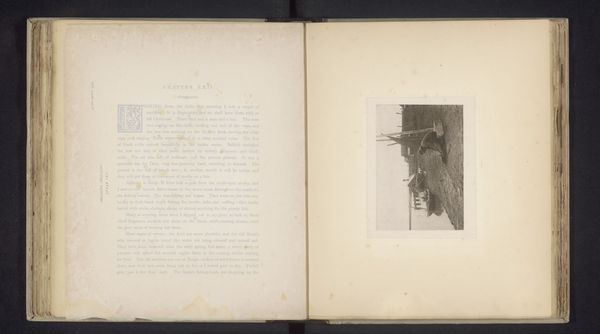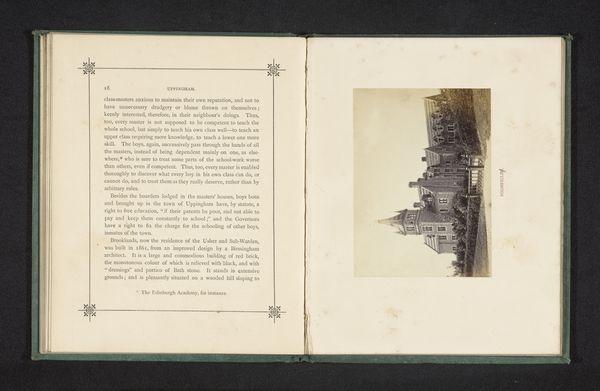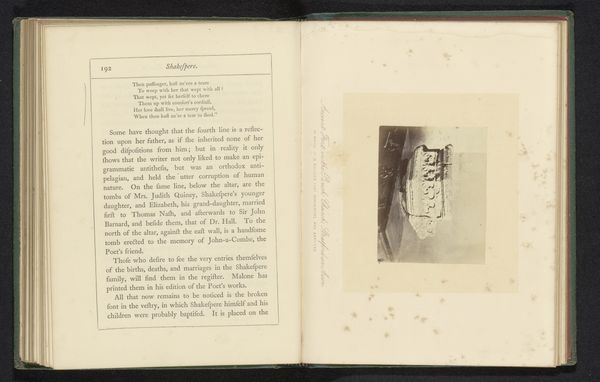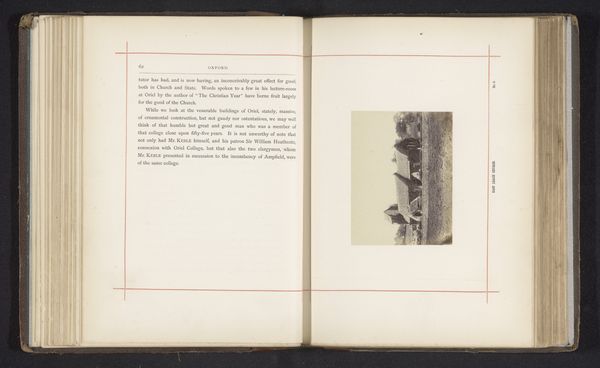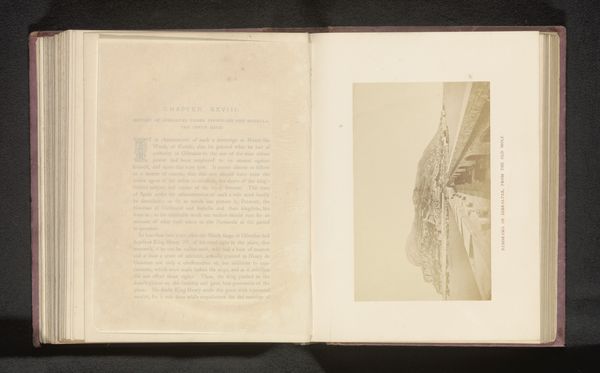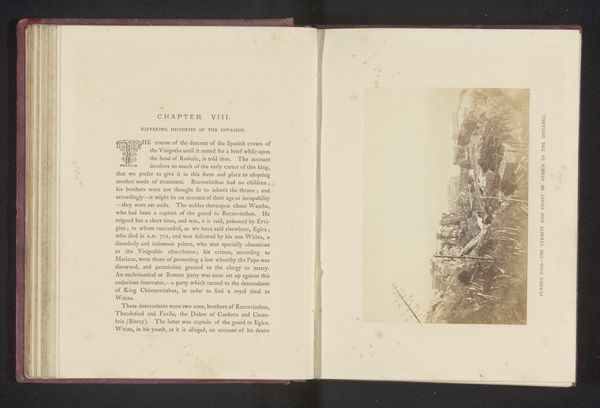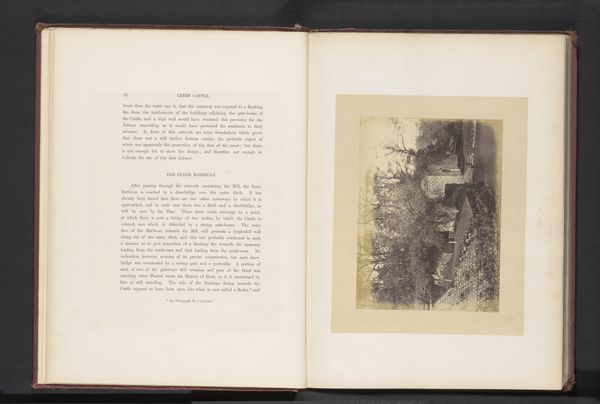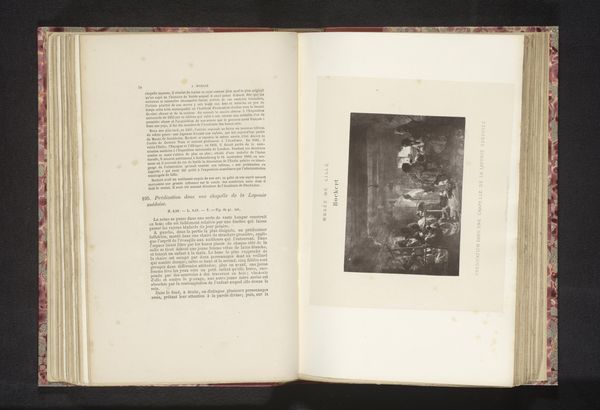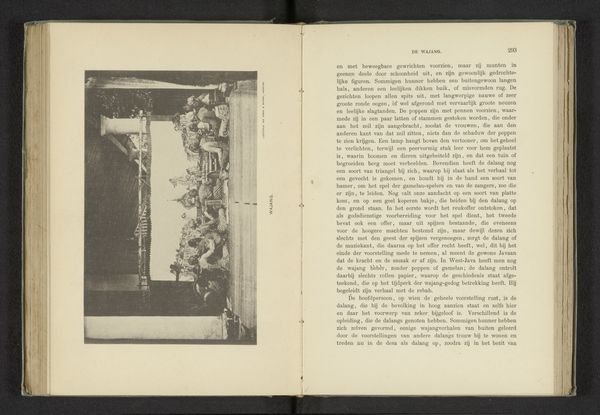
print, photography, gelatin-silver-print, albumen-print, architecture
# print
#
landscape
#
photography
#
gelatin-silver-print
#
albumen-print
#
architecture
#
realism
Dimensions: height 96 mm, width 143 mm
Copyright: Rijks Museum: Open Domain
Editor: Here we have "Gezicht op de Feste Prinz Friedrich-Karl in Metz," a photograph from before 1875, by C. Holt, presented as an albumen-silver print. The imposing architecture looms with an almost ghostly presence given the hazy quality of the print. What aspects of the history inform our understanding of this photographic landscape? Curator: Indeed, the image possesses a spectral quality. The historical context here is crucial. Metz, with its fortifications, occupies a complex place in Franco-German relations. Given the date, before 1875, this photograph exists in the shadow of the Franco-Prussian War and Germany’s annexation of Alsace-Lorraine, including Metz. We are witnessing the visual representation of contested space. What does the imposing architecture convey to you in light of these geopolitical tensions? Editor: It definitely communicates power, and almost an implied threat, seeing how formidable it looks. So, the photograph then, serves not just as documentation, but as a statement? Curator: Precisely. Early photography was never neutral. The choice to depict this fort, this symbol of military might, speaks volumes. Consider how this image may have functioned within the rhetoric of nation-building, of asserting dominance over a newly acquired territory and a subjugated population. Who was the intended audience for this image, and what ideological work was it designed to perform? These are critical questions. Editor: So, we’re not just looking at a picture of a fort; we’re looking at a visual representation of power dynamics at play in 19th century Europe. Curator: Absolutely. And that invites us to reflect on the enduring legacy of such representations and their role in shaping our understanding of borders, nations, and the very idea of belonging. The photograph serves as a potent reminder of the intimate connections between aesthetics and politics. Editor: That's fascinating; I’ll never look at an old photograph the same way again. Thanks!
Comments
No comments
Be the first to comment and join the conversation on the ultimate creative platform.
